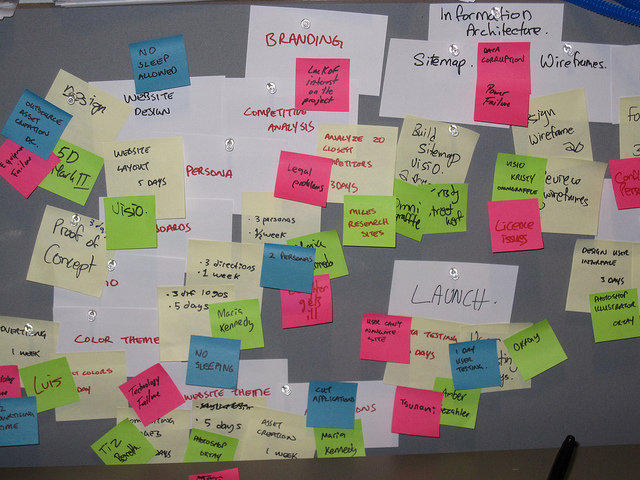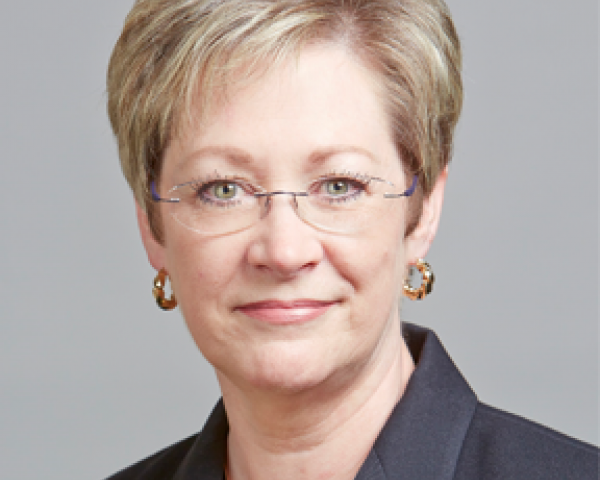Insurance modernization results in core business and administrative functions using commonly trusted sources of data to inform and enhance business decisions and reporting. The modernization journey will affect not just processes and technology, but also people and the organization. While modernization’s desired benefits may be clear – lower costs, greater efficiencies, better risk management, more effective use of resources and keener market insight – the path to realizing them is complex and needs effective management.
The Case for Change
Insurance modernization is much more than just leveraging leading-edge information technology. It is not only an operational effectiveness initiative or technology upgrade but also a transformational imperative that affects multiple corporate functions. Moreover, when properly executed, modernization delivers broad benefits, including improved management of financial and operational risk, as well as longer-term organizational viability.
There is some concern that insurance modernization is expensive and disruptive and focuses on creating an idealized insurance organization. However, modernization is actually a transformational journey with sequenced milestones and measurable benefits that accrue over time. This incremental path to operational improvement requires systematic program management and sustained commitment.
Accordingly, the roadmap for the journey should include a set of
complementary initiatives that directly involve the risk, actuarial, finance and IT functions. This will enable an organization to adapt more easily to demographic, economic, social, regulatory and cultural changes. And, with an empowered program management office (PMO) leading the way, organizations are much more likely to realize their vision of the future.
Characteristics of a Modernized Program Management Office (PMO)
The insurance modernization agenda requires consensus across a much broader group of constituents than a singular initiative does and also requires a wide mobilization effort. Among the most pressing challenges is developing capabilities that enable cross-functional action and cooperative, multi-party decision-making. Modernizing also requires collaborative relationships between individuals and groups such as risk, actuarial, finance and IT that may not have had only limited interaction with each other in the past.
In the journey toward a modernized organization, a PMO will play a key role in making the promise of insurance modernization a reality. It should not be an afterthought or considered just a “nice to have.” Because it plays such a large role in ensuring implementation, it is a vital part of any transformation.
The modernized PMO function:
- Includes the “chief modernization officer,” a senior executive role that provides explicit leadership and governance over the selection and delivery of key priorities alongside C-level executives and members of the board’s risk committee.
- Is responsible for delivering on the vision by forecasting and mitigating roadblocks to success in a number of areas, including capacity and budget constraints.
- Owns data governance and drives the decision-making and consensus-building processes in the development of data and systems that provide commonly trusted sources of the truth to risk, actuarial and finance user groups.
Other traditional program management office responsibilities – such as stakeholder engagement to status reporting – remain important and may expand to drive delivery of other business critical initiatives. Decommissioning of systems, in particular, will be important to achieve modernization milestones.
The Benefits
Committing to the journey is the first step. The key subsequent challenge is maintaining alignment on how and when to manage the portfolio of projects along the modernization journey. Ensuring that the PMO has appropriate stature within the modernization initiative can help establish a firm foundation for realizing the following objectives:
- Defining program and project level benefits.
- Stakeholder empowerment to govern the decision-making process, engaging the right people at the right time to drive consensus.
- Translating insurance modernization goals into strategies and programs that deliver on the corporate vision and objectives.
- Creating the fact base that drives decision-making:
- Getting reliable, comparable data from project execution teams to make assessments.
- Integrating project data (timelines, resource needs, financials, strategic data) in a way that supports good program-level decisions and effective demand management.
- Understanding demand and managing projects in the best interests of the enterprise and protecting against risk to goals.
- Forecasting demand and effectively managing capacity, based on resource availability and skill and competency alignment.
- Understanding and estimating the true impact of resource, schedule or scope alternatives.
- Estimating and tracking project value and worth (including continuing benefits tracking).The PMO’s leadership and holistic management of the breadth of an organization’s insurance modernization initiatives entails striking a balance between today’s near-term requirements and tomorrow’s “must have” capabilities.
Critical Success Factors
Ensuring that the PMO has the appropriate, high profile requires unilateral support by the organization’s senior executives. The following key success factors will enable the PMO to drive successful delivery of each critical milestone:
- Business executive buy-in, including C-level sponsorship and support from risk, actuarial, finance and technology leaders.
- Strong commitment from stakeholders to carefully follow the process, including compliance with governance processes, decision rights and accountabilities.
- Multi-year commitment, which entails organizational and leadership support of the vision and its financial requirements each year along the journey. This will require sound investments and tracking progress to targeted objectives.
- Agreed-upon and formal prioritization criteria, including making principles-based decisions and choosing scoring mechanisms that measure results against principles.
- Supporting toolset that enables project leaders to adequately forecast, diagnose and course-correct as needed along the journey.
In exchange for organizational support, the PMO leader must commit to soliciting feedback from stakeholders to continuously improve the process. Success will include remaining aligned to changes in the economic and business climate and adjusting decision criteria as appropriate.
Next Steps
To be successful, insurance modernization requires a holistic view. The first steps toward modernization include a comprehensive assessment of the current PMO’s charter, roles, capabilities and processes. The PMO may be the first area of investment to deliver on the opportunities in the broader modernization roadmap. Executive sponsors and leaders with significant stakes in modernization should contribute to determining the ideal executive-level candidate to lead the charge. This leader should not only possess knowledge, skills and abilities to fulfill upon day-to-day duties, but more importantly should possess the leadership qualities that embody the vision of modernization and the interpersonal network to drive consensus-building and change. From strategic decision-making to driving results, the modernization journey depends on the right leadership and governance to drive movement and performance among the “gears” and delivery on the vision.








